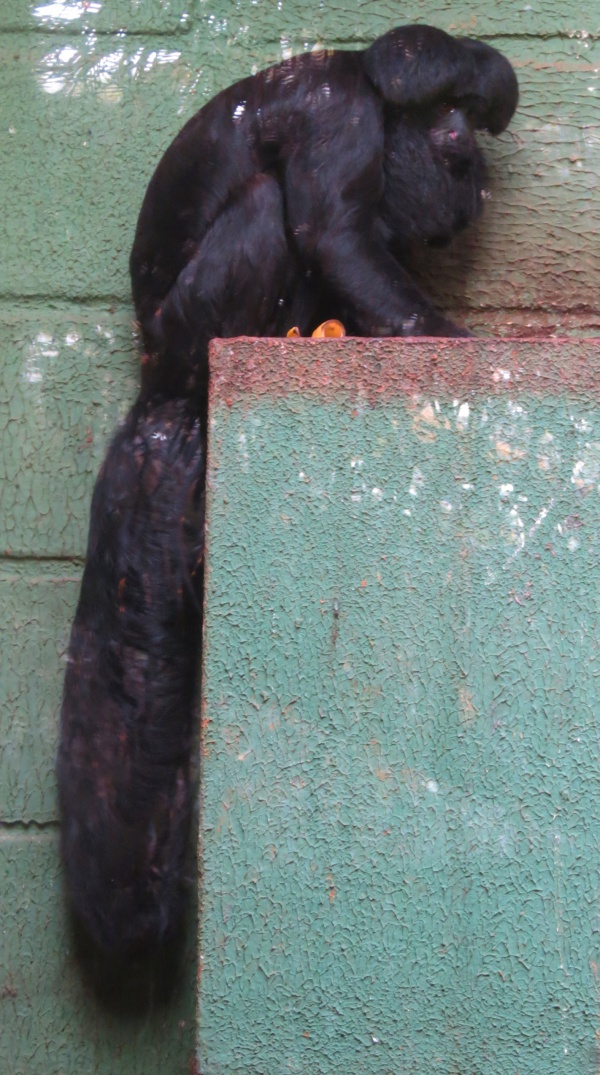Facts About Common Bearded (Red-backed) Saki
The black-bearded saki is a unique species of New World monkey, distinguished by its dense black fur, characteristic beard, and bushy tail reminiscent of a fox. These monkeys exhibit an intriguing behavior: they use their hands like ladles to scoop water into their mouths, a habit believed by experts to help keep their beards clean and free from debris.
This critically endangered species inhabits the far eastern Amazon in Brazil, particularly between the Tocantins River in Pará and the Grajaú River in Maranhão. Male black-bearded sakis are slightly larger than females and feature a notably pronounced forehead. Initially considered a subspecies, they are now recognized as a separate species based on differences in fur color, genetic makeup, and other molecular analyses. Notably, the black-bearded saki is unique for its dark nose and blackish back.
These monkeys are highly social, often seen grooming and playing with each other, and occasionally interacting with other species. They typically form groups of about 30 individuals. Their diet primarily consists of fruits, seeds, and insects, and they use their strong teeth to crack open hard shells.
Black-bearded sakis have a gestation period of around five months, usually giving birth to one offspring at a time. They reach sexual maturity at about four years old and can live up to 18 years.
Unfortunately, the black-bearded saki faces severe threats from habitat fragmentation, destruction, and hunting due to urban expansion, agriculture, and dam construction within their habitat. Conservation efforts are crucial to protect this species, considered the most endangered primate in the Amazon. With their range already diminishing and local extinctions occurring in some areas, preserving their habitat is essential to prevent further decline.

 Guyana
Guyana